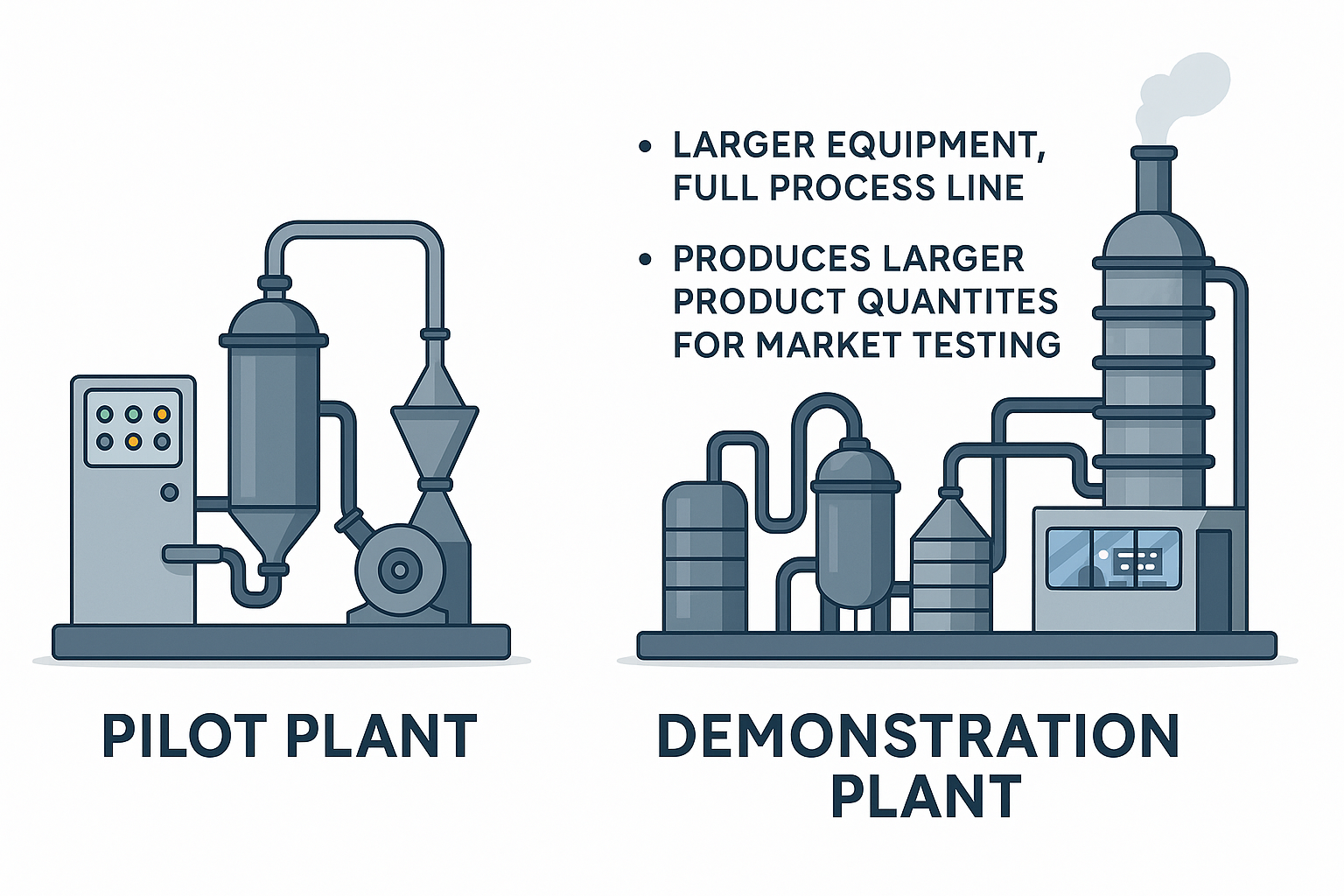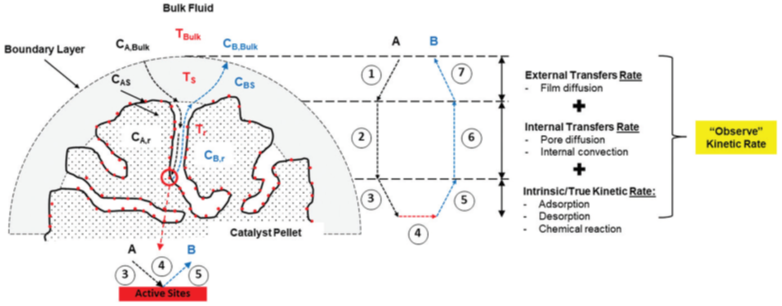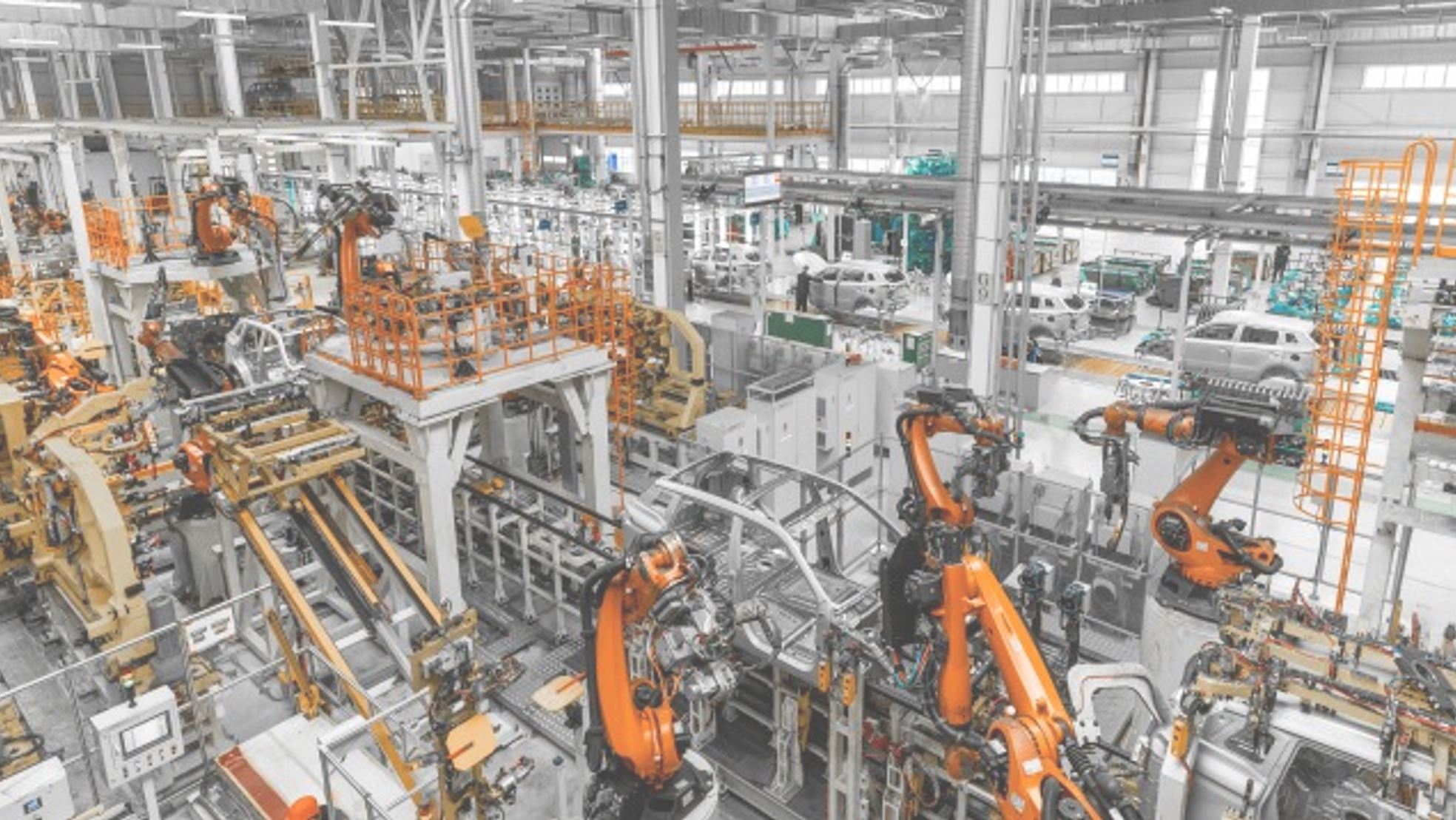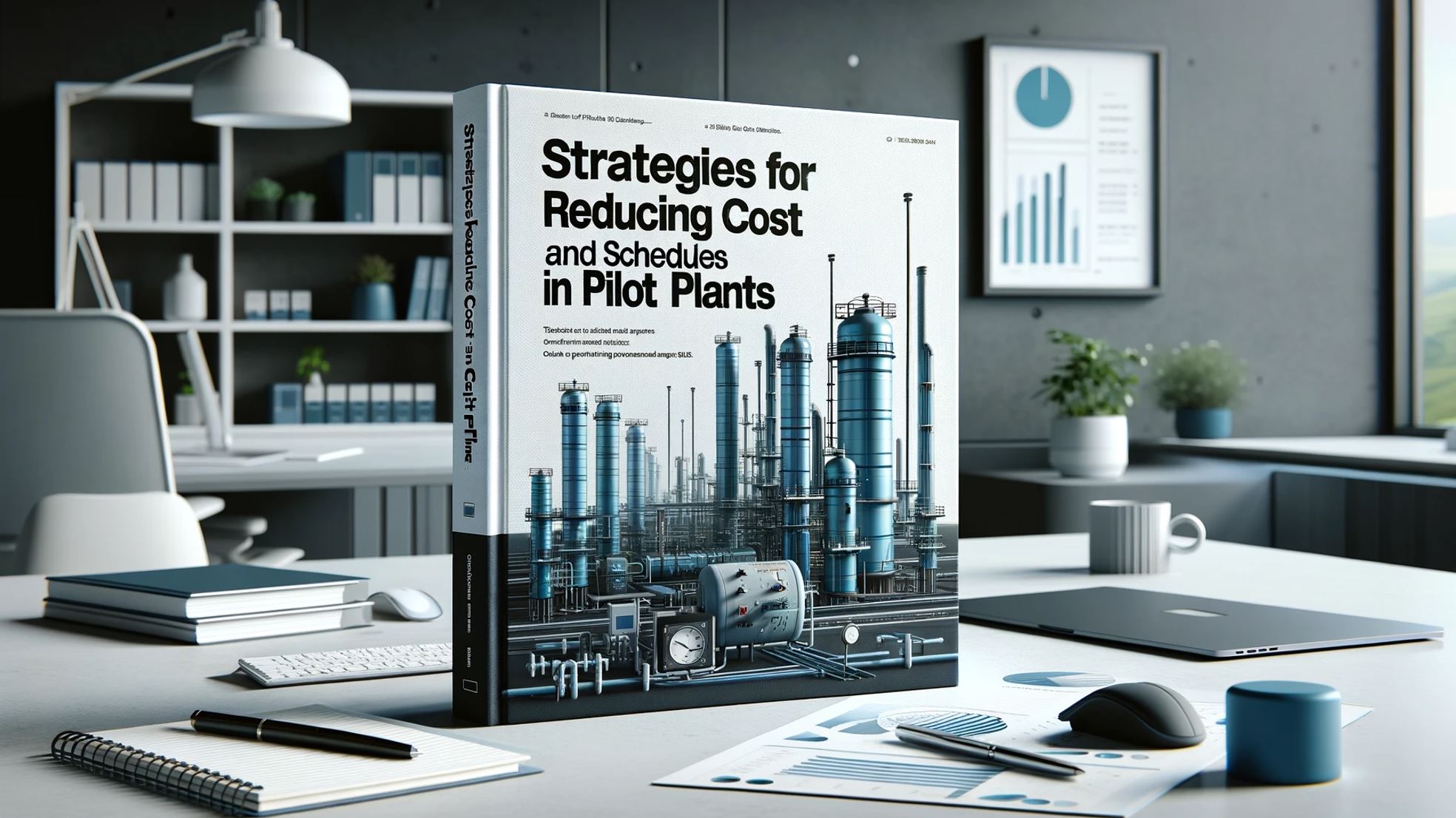A Demonstration Plant (often called a demo plant) is the critical bridge between a small pilot unit and a full commercial facility. It operates at near-commercial scale, typically handling 10–50 % of the target plant’s throughput, and it runs long enough to prove that every part of the process works in the real world. In short, it is where bright ideas either pass the last trial or go back for a rethink.
OSVARD treats demonstration facilities as “mini commercial plants” built for learning. Our engineers apply four simple rules:
| Design Focus | What It Means for You |
|---|---|
| Industrial-grade equipment | Pumps, vessels, and controls match commercial specs so scale-up formulas translate directly. |
| Data-first layout | Extra sensors and sample points provide hard numbers for every mass and energy balance. |
| Built-in flexibility | Spare nozzles and tie-points let you test different feedstocks or operating windows without cutting metal. |
| Long, steady campaigns | Units run months, not days, to verify reliability, maintenance needs, and product quality drift. |
Sector: Biofuels
Demo Scale: 25 barrels per day
Objective: Validate continuous catalyst life over three months and supply engine-test samples to an automotive partner.
Outcome: Less than 2 % catalyst deactivation, fuel met ASTM specs, and the data unlocked USD 80 million in Series C funding.
Another example comes from water treatment. Singapore’s NEWater membrane demo plant produced 10 000 m³ day⁻¹ of ultra-clean water back in 2000. Continuous operation proved reliability at scale and cleared the way for full-scale adoption that now supplies up to 40 % of the nation’s potable water.
Because a demo plant is built to commercial standards, you can often sell the first product. Revenue, even if modest, offsets operating costs and strengthens your business case with financiers.
Process Design & HAZOP
We finalize heat- and mass-balance models and run a full hazard review to lock in safe, efficient operation.
Detailed Engineering & Procurement
OSVARD’s supply-chain team sources industrial-grade equipment, ensuring delivery dates match construction schedules.
Construction & Commissioning
Our site supervisors manage contractors, while process specialists oversee tie-ins, hydrotests, and functional checks.
Operations & Data Analytics
Once live, OSVARD engineers stay on site (or monitor remotely) to troubleshoot, fine-tune, and interpret data.
Scaling Blueprint
Every finding—good or bad—is rolled straight into the full-plant design package, turning lessons learned into risk-free scale-up.
A demo plant is the last test-drive before you “buy the factory.”
It cuts risk by proving technology, economics, and safety at realistic capacity and duration.
OSVARD’s custom demo plants deliver the data, confidence, and early revenues needed to move smoothly into commercial production.













